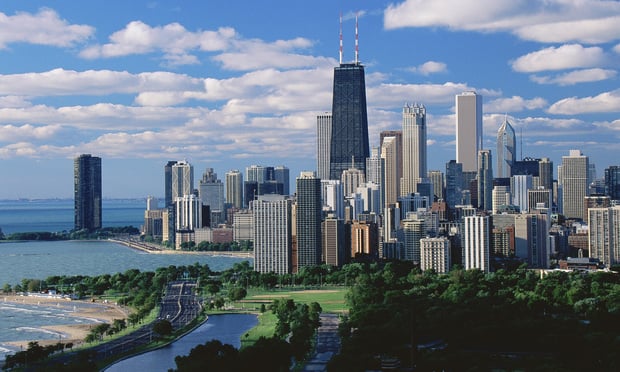Development Concepts Inc. president Michael Higbee, who has been involved in the Urban Land Institute panel that visited the city as well as with Skidmore, Owings & Merrill planners, headed Indianapolis' redevelopment authority.
"We had a plan in 1980 that was supposed to take us through 2000," Higbee recalls. "By 1990, we had accomplished what we had planned."
Indianapolis' efforts included reviving a dying Downtown with new office buildings, residential units and retail space. With a dozen developers already interviewed as part of Skidmore, Owings & Merrill's planning process, there should be no shortage of candidates ready to build in the city.
"I think you have better resources to work with, and a better plan," Higbee says.
However, the city must take care in selecting the developers who will build the one million sf of commercial space and 4,000 multifamily units envisioned by Skidmore, Owings & Merrill.
Developers not only should be able to demonstrate a track record as well as show financial wherewithal, suggests Skidmore, Owings & Merrill associate partner Chris Hall, they also must be able to work in an urban setting and in tandem with the public sector.
Although it is considered a far northern suburb, the city is almost equidistant between Chicago and Milwaukee and is perceived to be an urban area.
© Touchpoint Markets, All Rights Reserved. Request academic re-use from www.copyright.com. All other uses, submit a request to [email protected]. For more inforrmation visit Asset & Logo Licensing.






